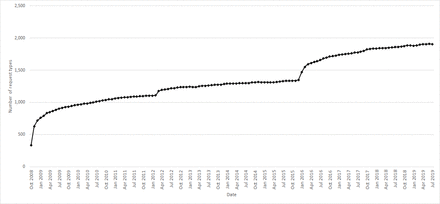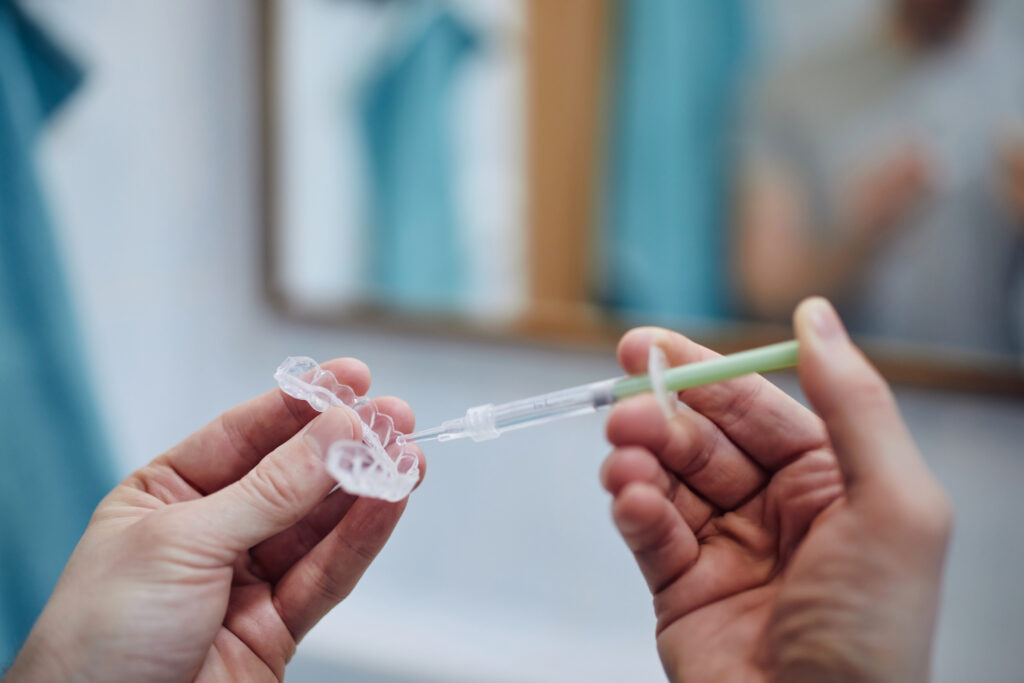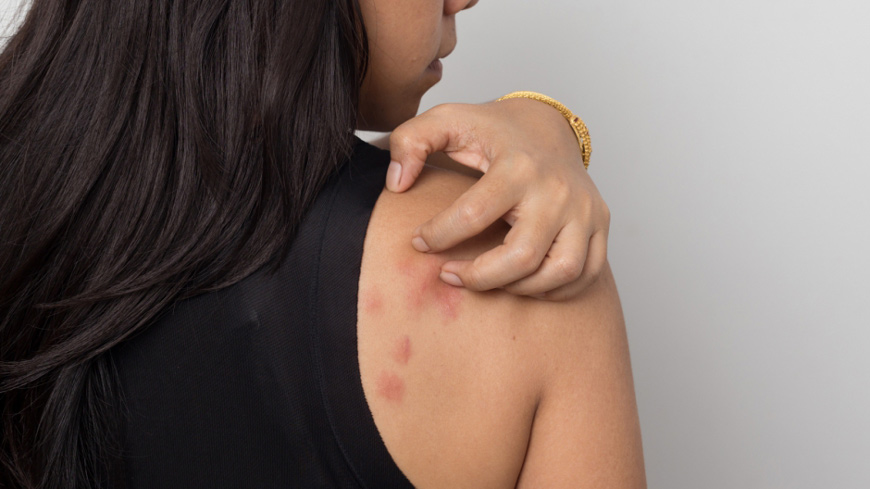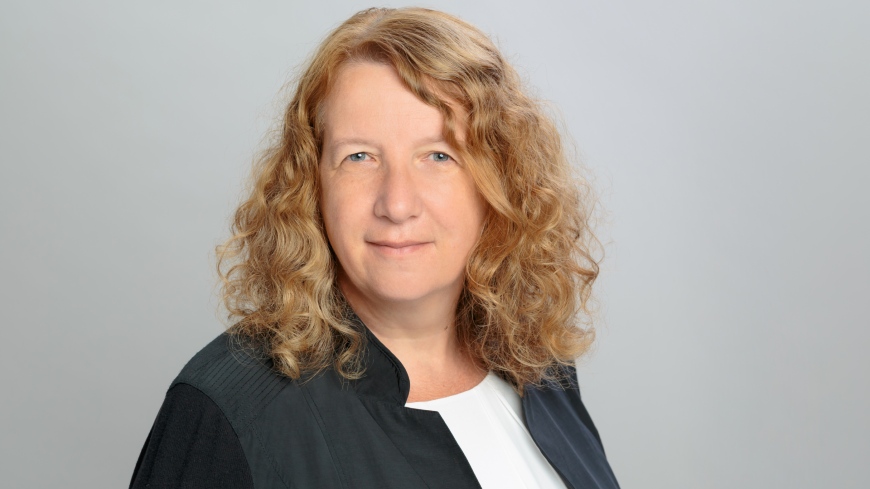Results
Between October 2008 and July 2019, a total of 8 035 132 orders were requested in PICS. The majority of the requests were related to laboratory requests after being introduced in January 2016, representing 49% of requests. Prior to this, the most common request type was imaging, representing almost 90% of requests made. Other request types were grouped into requests for procedures (such as endoscopy, renal biopsy); requests for outpatient team referral (such as anticoagulation team clinic appointment); requests for reviews by allied health professionals, medical specialties, support teams, nurse specialists (such as diabetes nurse) and other services (such as chaplaincy visits, or medical photography).
In October 2008, there were 332 request types available in PICS. This increased rapidly, almost doubling within a month (n=629). An average of 38.3 request types were added monthly, reaching 832 by March 2009 (figure 1). From this point forwards, there was an incremental increase in the number of request types in the system. The outliers were March 2012, January 2016 and February 2016 with 68, 119 and 82 new request types added.
The cumulative number of request types on the system by month. This figure shows how many request types were available in Prescribing, Information and Communication System (PICS) per month. Increases in the number of requests can be seen at two time points after 2008: March 2012 and January–February 2016. In March 2012, a large number of imaging requests were added to the system in order to prepare for the introduction of a new imaging system, and in 2016 laboratory requests not previously available were added.
The number of requests made per month also increased over time (figure 2). In the first representative month of the study (November 2008), 18 499 requests were made. This rate increased by a monthly average of 290 (95% CI 273 to 306, linear regression), reaching 42 672 by December 2015. This was followed by a big jump when the laboratory requests were added to the system in January 2016, with 80 367 requests made in February 2016. The rate thereafter increased by an average of 2560 (95% CI 2330 to 2791, linear regression) requests per month reaching 175 906 in July 2019.
The total numbers of requests made per month. This figure shows the number of requests made per month during the study period. The large spike in January–February 2016 indicates when laboratory requests were added to the system.
Laboratory and imaging requests represented the majority of requests by July 2019 (49% laboratory/42% imaging, table 1). All other request types also increased steadily over time, except ‘handover’ which was superseded by new functionality in the EHR, and outpatient referrals which remained low (figure 3).
Requests (non-imaging/non-laboratory) by request type. This figure shows the number of requests made by request type. The imaging and laboratory requests are not shown on this figure as these are a magnitude of 10–100 times larger than the other requests.
•
Frequencies and percentages of request types over the study period
Between 2017 and 2019, 442 597 CT, X-ray and ultrasound reports were completed, excluding those requested by General Practioners or within the emergency department, of these 91.7% (405 918) were requested via PICS. Critical care had the highest proportion of requests being made via PICS with 99.1% (6606/6669), and medicine had the lowest proportion with 86.0% (98 585/114 685). The proportion of endoscopies requested via PICS increased at a slower rate, the proportion remained at around 40% between 2011 and 2014 before rising to 80% in 2018. There was a steady increase in the proportion of FBCs requested via PICS rising from 64.7% in 2017 to 78.5% in 2019. Critical care was again the specialty with the largest proportion of requests being made via PICS at 90.8% (47 170/51 930), and oncology had the lowest proportion at 67.2% (8678/12 905).
In the post rollout survey, 58.3% (14/24) of doctors surveyed in the first 6 months post go-live said PICS had improved communications between staff and 66.7% said the system had improved legibility of care orders; this increased to 85.2% and 88.9%, respectively, in the 27 doctors surveyed more than 6 months post rollout. Similar increases were seen in the results of nursing staff with 42.9% (9/21) surveyed within the first 6 months of PICS rollout agreed that there was both improvement in communication between staff and in legibility of care orders; this rose to 77.6% and 81.6%, respectively, in the 49 respondents answering more than 6 months post rollout.





